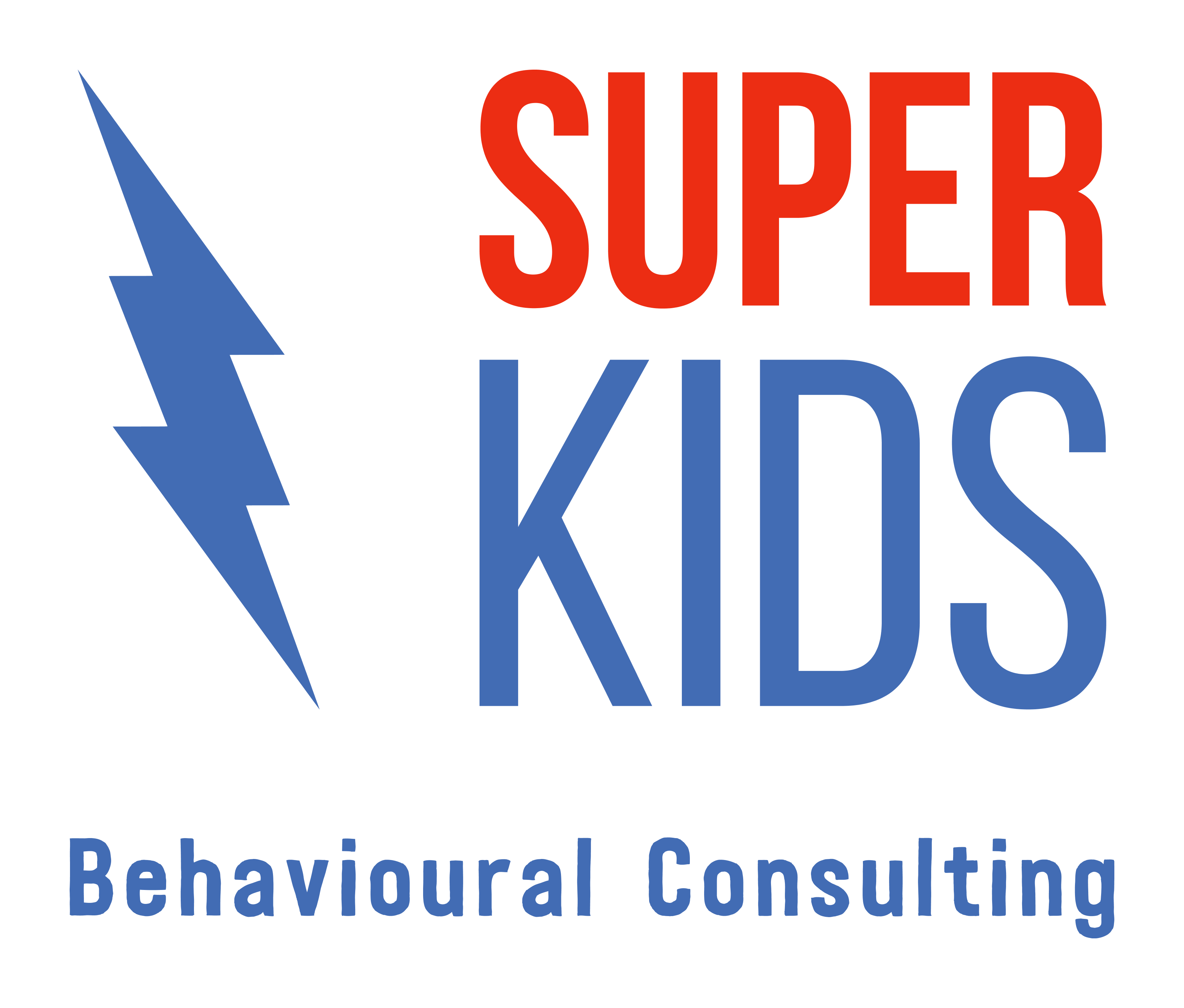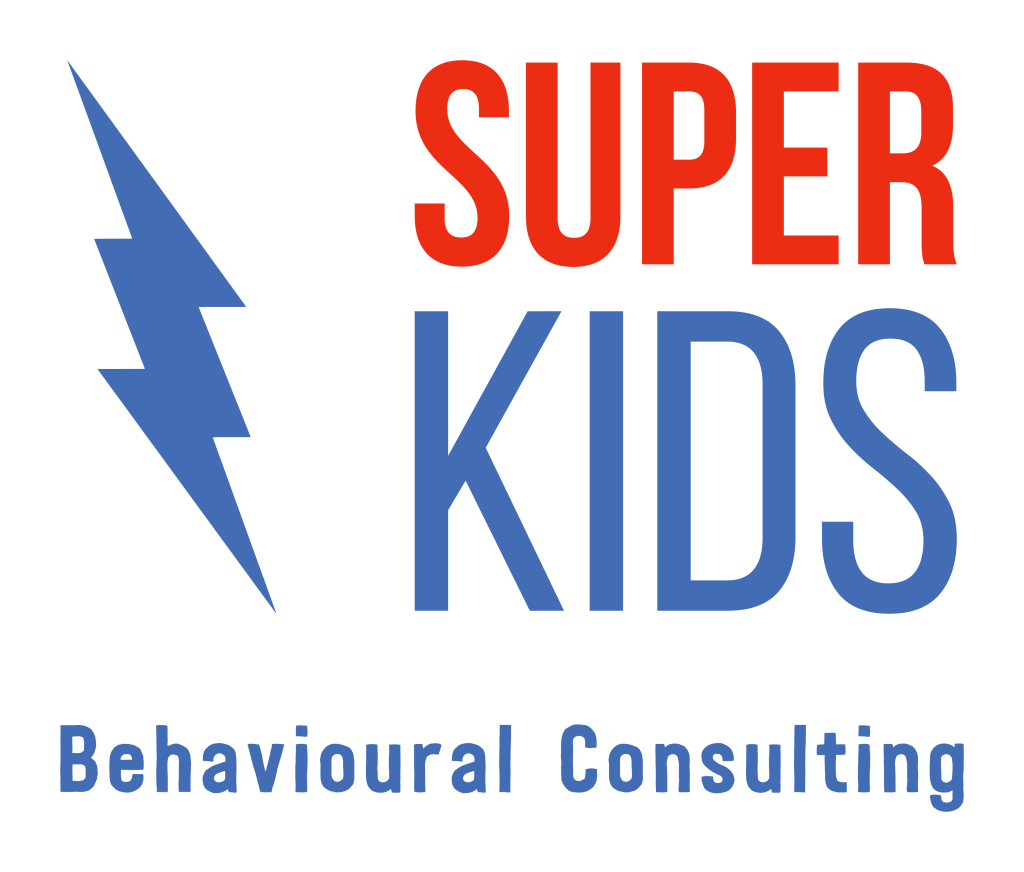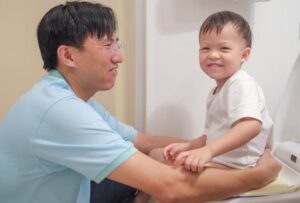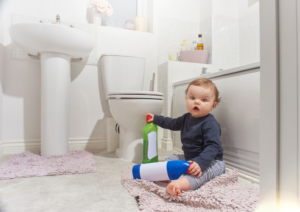Supporting Bedwetting in Kids

Renee Collins
Clinical Director
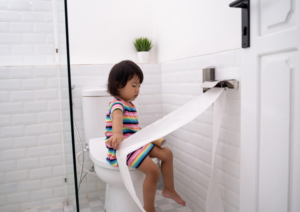
Understanding Bedwetting in Kids
Bedwetting, also known as nocturnal enuresis, is a condition where a child over the age of five wets the bed at night. It’s a common issue, affecting about 20% of five-year-olds and 10% of seven-year-olds. Boys are more likely to experience bedwetting than girls, and it often runs in families. While bedwetting can be frustrating and stressful for both children and their parents, it’s important to understand that it’s a natural phase of development for many kids.
Main Causes of Bedwetting
There are three primary reasons why children may experience bedwetting:
- Lack of Sleep Arousal: Some children have difficulty waking up quickly enough to recognize the need to urinate while they are asleep. This can result in wetting the bed because their body doesn’t alert them to wake up and use the bathroom.
- Overactive Bladder: An overactive bladder can lead to frequent urination during both the day and night. This condition can cause the bladder to contract involuntarily, leading to small, frequent wees that the child may not be able to control.
- Lack of Antidiuretic Hormone Overnight: Normally, the brain releases a hormone called antidiuretic hormone (ADH) that helps concentrate urine overnight, reducing the need to urinate. Some children produce less ADH, resulting in a large amount of urine being produced during the night.
When to Treat Bedwetting
Determining when to seek treatment for bedwetting is crucial. Here are some guidelines:
- Daytime and Nighttime Accidents: If your child experiences both daytime and nighttime accidents, it’s essential to resolve daytime wetting first. Addressing daytime issues can often help improve nighttime control.
- Medical Review: A thorough medical review can help identify any underlying maturational, neurological, or developmental delays that may be contributing to bedwetting. Treating these underlying issues can be key to managing the condition.
- Constipation: Constipation can put pressure on the bladder and exacerbate bedwetting. It could mean that the full and loaded rectum may press on the bladder wall resulting in bladder instability. When treated, improvement is seen in the majority of cases without specific nighttime urination training. Ensure that constipation is resolved before addressing bedwetting directly.
- Age Consideration: If your child is five years or older, it might be time to consider treatment options. Younger children may still be developing bladder control, but persistent bedwetting in older children often requires intervention.
- Sudden Onset: If a child who has been dry for a significant period suddenly starts wetting the bed, it’s important to consult with a healthcare professional to rule out any new medical or emotional issues.
- Emotional Impact: If your child is upset, bothered, or angry about bedwetting, addressing their emotional well-being is as important as managing the physical aspects. Emotional distress can worsen bedwetting and should be handled with care and sensitivity.
Treatment Options for Bedwetting
Several effective treatment options are available for managing bedwetting. These can include a combination of behavioral modification, skill development, environmental changes, and, in some cases, medication. Here are some strategies to consider:
- ABA therapy: Positive reinforcement for staying dry and establishing a consistent bedtime routine can help. Encourage your child and celebrate dry nights to build their confidence.
- Skill Development: Train your child to recognise the sensation of needing to urinate and to wake up to use the bathroom. This can include scheduled bathroom trips before bed and possibly once during the night.
- Environmental Changes: Using bedwetting alarms can be effective. These alarms detect moisture and wake the child up, helping them learn to respond to the need to urinate. Additionally, make sure the path to the bathroom is well-lit and obstacle-free to make nighttime trips easier.
- Pharmacology: In some cases, medication may be prescribed to help manage bedwetting. Desmopressin, for example, can reduce urine production at night. Always consult with a healthcare professional before starting any medication.
Seeking Professional Help for Bedwetting in Kids
Bedwetting in kids can be very stressful for everyone in the family. It’s essential to seek help from a health professional with specialized training in children’s bladder problems. This could be your family doctor, Behaviour Analyst, a continence physiotherapist, or a continence nurse advisor. These professionals can provide tailored advice and support, helping you and your child navigate this challenging phase.
Bedwetting is a common issue that many children outgrow with time. Understanding the causes and knowing when and how to treat it can make a significant difference in managing the condition. Patience, support, and professional guidance are key to helping your child overcome bedwetting and ensuring their emotional and physical well-being. Remember, you are not alone, and with the right approach, bedwetting can be effectively managed.
References
Butler, R.J. (2001). Combination therapy for nocturnal enuresis. Scand J Urol Nephrol, 35, 364-369.
Butler, R., & Sternberg, A. (2001). Treatment of childhood nocturnal enuresis: An examination of clinically relevant principles. BJU International, 88, 563-571.
Cossio, S.E. (2002). Enuresis. Southern Medical Journal, 95, 183-187.
Evans, J. (2001). Evidence based management of nocturnal enuresis. BMJ, 323, 1167- 1169.
Fera, P., dos Santos Lelis, M., de Quadros Glashan, R., de Paula Nogueira, M., & Bruschini, H. (2002). Urologic Nursing, 22, 257-262.
French, L. (2002). Is alarm intervention effective in the treatment of enuresis? American Family Physician, 65, 1798-1799.
Goin, R.P. (1998). Nocturnal enuresis in children. Child: Care, Health and Development, 24, 277-288.
Jensen, I. N., & Kristensen, G. (2001). Frequency of nightly wetting and the efficiency of alarm treatment of nocturnal enuresis. Scand J Urol Nephrol, 35, 357-363.
Robson, L.M., & Leung, A. (2000). Secondary Nocturnal Enuresis. Clinical Pediatrics, 39, 379-386.
Rogers, J. (2002). Assessing and treating children with bedwetting. Primary Health Care, 12, 27-31.
Sadovsky, R. (2002). Treating nighttime enuresis in children: A best practice. American Family Physician, 65, 690-691.
Super Kids acknowledges each individual’s personal preference to use identity-first or person-first language to describe themselves or their loved one. We interchangeably use both language conventions and therefore refer to both Autistic children and children with Autism.
